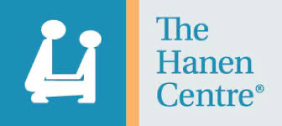These skills are illustrated in “The Communication Tree” which can be downloaded here. They develop in a predictable order although there can be some variation in the ages at which specific skills emerge.
The Communication Tree
Download PDFThese skills are illustrated in “The Communication Tree” which can be downloaded here. They develop in a predictable order although there can be some variation in the ages at which specific skills emerge.
The Communication Tree
Download PDFFor more information about communication milestones please see the posters on the Speech Pathology Australia website.
Young children can master more than one language at a time. There are many myths about the impact of children’s exposure to more than one language in the home. Initially, young children in bilingual or multilingual families can take a little longer to develop early speech and language skills however they ultimately should catch up. In the long term, speaking more than one language can offer children many benefits and advantages and is an important connection to their family and culture. For more information about young children learning more than one language please visit;




There are a range of communication options for children who cannot communicate using speech which are referred to as AAC or Augmentative and Alternative Communication. AAC devices, tools or strategies can be used to make the message clearer to the listener or be a replacement for oral communication if speech cannot be developed. Therapists at S.P.E.E.C.H. consider AAC to be part of a total communication package which may include all forms of communication such as speech, signing, symbol use as well as digital technology. These resources and techniques also facilitate the development of early oral language skills and may be used as a support strategy within your child’s therapy program. Information about these different communication systems can be found at the following websites.


![]()
![]()



